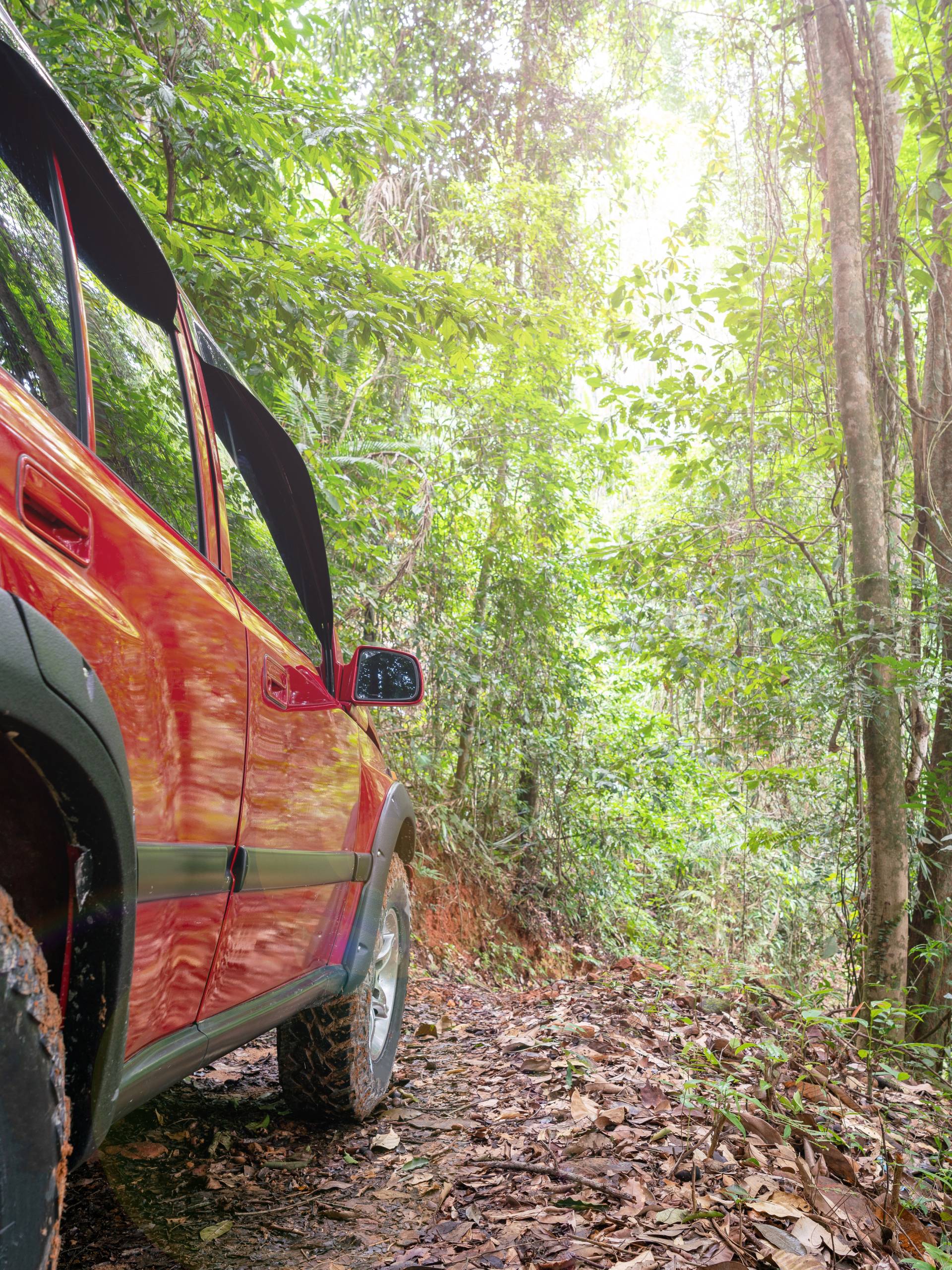Camping trips often take adventurers off the beaten path, putting both drivers and their vehicles to the test. While hitting rugged trails or remote campsites is exhilarating, several hazards can lead to unexpected vehicle damage. Exploring the common causes of vehicle damage during camping trips helps outdoor enthusiasts prepare and mitigate risks before heading out. Awareness—combined with practical solutions—ensures your trip remains smooth and safe for everyone involved.
Rough Terrain and Underbody Scrapes
Uneven trails, rocks, and debris pose significant threats to your vehicle’s undercarriage. Skid plates are essential for protecting vital components like the oil pan, fuel tank, and exhaust system. Off-roaders should always scout trails beforehand, as unexpected obstacles can lead to costly repairs. Driving cautiously over rocky or steep paths prevents unnecessary scraping or impacts. Vehicle clearance is another factor—consider suspension upgrades if ground clearance is an issue.
Damage From Low-Hanging Branches
Low-hanging branches are notorious for scratching paintwork, denting roofs, and even damaging antennas. Choosing trails with adequate clearance reduces the likelihood of encountering tree limb damage. Adventurers should also consider installing a roof rack guard to shield roof-mounted gear and protect their vehicle’s finish. Additionally, a few minutes spent trimming branches near campsites can reduce risks while setting up.
Tail Light and Bumper Vulnerabilities
Backcountry roads and tight maneuvering in forests or rocky areas leave tail lights and bumpers exposed to damage. Reversing into hidden rocks or tree stumps can crack these critical components. Fortunately, steel protectors offer unmatched tail light protection, ensuring the rough environments you offroad through don’t crack your lights. Adding rear bumper guards may also save owners from costly replacements, especially in crowded campsites where accidents commonly occur.
Water-Caused Issues
Streams, rivers, and rain-soaked trails can lead to water ingestion in engines or damage to electrical systems. Crossing waterlogged paths requires extra precaution. Drive slowly through streams while ensuring water levels are safe by scouting ahead. Installing a snorkel system for your air intake may help in wetter environments, while checking seals on electrical components ensures they remain watertight. Regular vehicle maintenance after water exposure can prevent long-term issues.
Tire Damage From Sharp Objects
Hidden hazards such as sharp rocks, shards, or debris can quickly puncture even off-road tires. Proper tire pressure and the use of reinforced, all-terrain, or mud tires provide better resistance to damage. Carry a quality tire repair kit and spare, as punctures are common on remote trails. Frequent inspections during the trip help you locate and address small punctures before they escalate.
Preparing your vehicle for outdoor adventures means knowing how to avoid the common causes of vehicle damage during camping trips. Understanding risks like terrain challenges, bumper vulnerabilities, and sharp objects ensures your vehicle remains in top shape for future journeys. A little preparation goes a long way in preserving both your vehicle and your enjoyment of the great outdoors.
Casey Cartwright
Latest posts by Casey Cartwright (see all)
- Modern Gear You Should Have for Your Next Camping Trip – May 9, 2025
- What To Know About Ground-Up Range Construction – May 9, 2025
- 5 Safe Places To Park Your Car for an Overnight Hunting Trip – May 8, 2025

Leave a Reply